Back in the 1960s, a Doctor Who companion called Dodo Chaplet set the standard for the TARDIS teams to come, and it’s a standard that’s still being used to this day.
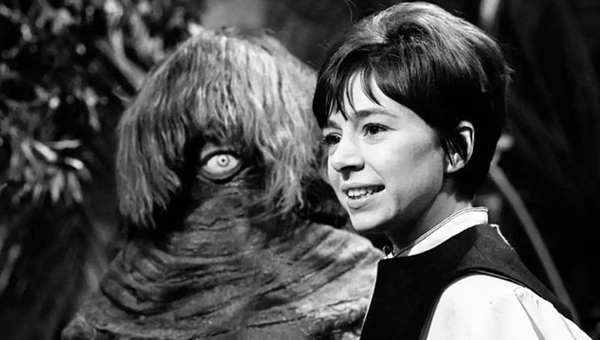
Although she may not be the best-remembered of all the Doctor Who companions, Dodo Chaplet created a mould for the Doctor-companion relationship that would be replicated many times in the years that followed, even in the 2024 series starring Ncuti Gatwa and Millie Gibson.
Prior to Dodo, the TARDIS team had been much more of a family affair. The very first Doctor Who line-up consisted of a child and two schoolteachers, who performed an almost paternal role, and the Doctor was more like the wise old grandfather, or mad inventor. The teachers did much of the heavy lifting and contributed greatly to the action sequences, whilst the eponymous Time Lord would often be the one to provide the sage advice, or concoct some mad-cap, scientific solution to the problem in hand. The ‘child’ (Susan Foreman, in this case) would often be the one in need of rescue.
But as the series progressed, the role of the Doctor Who companion evolved. By the time 1966 rolled around, the line-up had become more streamlined, and up until 1970 it was traditional for the Doctor to be joined by just two friends: a male and a female.
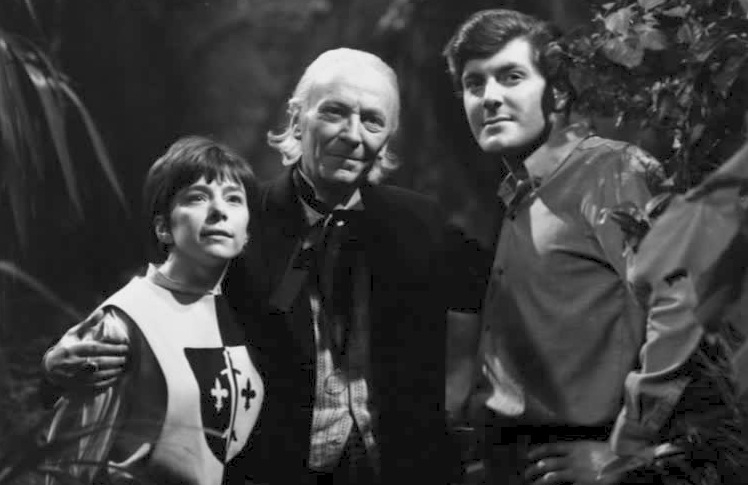
However, there was a brief moment when the Doctor found himself travelling solo with Dodo Chaplet, and this was in the 1966 story ‘The War Machines.’ For all of two episodes, she was the sole Doctor Who companion – a young, contemporary girl with a thirst for adventure. She was very much of her time with a short, Beatles-like haircut and a quick wit. She was intelligent and capable, and was intended to represent the classic British teenager.
Indeed, she was also the first Doctor Who companion to get the Time Lord into a nightclub, long before the Fifteenth Doctor started pirouetting in a kilt. In ‘The War Machines,’ she tells her new friend Polly that she wants to visit the “hottest nightspot in town” and gets taken a hip London joint known as the Inferno (although it is sadly devoid of slavering Primords and an out-of-control drill.) And of course, being a 60s girl, Dodo is of course down with all the latest slang and thinks that everything is “fab,” and in ‘The Celestial Toymaker‘ she dons an outfit that might be the most 60s costume worn by any character, ever.
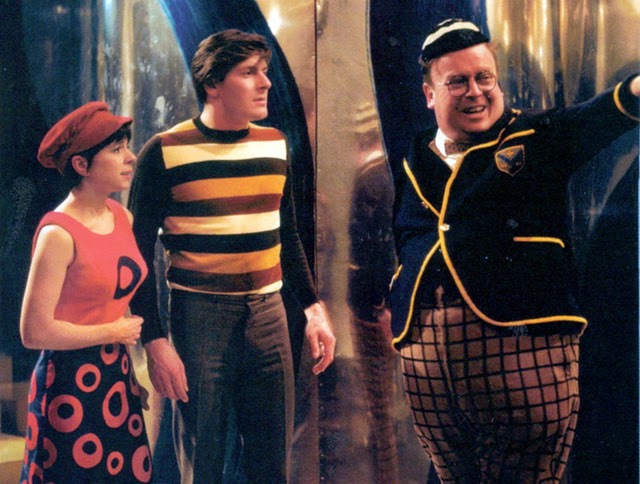
Initially, the producers even wanted this new Doctor Who companion to speak with a northern accent, breaking away from the ‘received pronunciation’ that was commonly spoken by actors of the time. However, for whatever reason, this idea was abandoned shortly before filming of Dodo’s first serial, although there are moments when the actor Jackie Lane‘s voice drifts back into northern tones, perhaps because she had been speaking this way during rehearsals.
It is a shame, then, that Dodo Chaplet was given such a hurried departure. Jackie Lane’s contract expired halfway through ‘The War Machines,’ meaning that her character was never seen again after episode two. Moreover, she never even said a proper goodbye to the Doctor; she simply sent her love and told him that she had decided to stay in London.
And as trail-blazing as this new kind of Doctor Who companion was, it would be some three years before the production team properly settled on the single companion line-up. They had already established that they wanted the Doctor’s assistants to be young and contemporary, providing an anchor for the viewer as they travelled the cosmos with the madman with a box, and Dodo was quickly followed by two such Doctor Who companions in the shape of Ben and Polly.
There were practicalities to having modern day companions, too. Because, prior to Dodo, the producers came close to having the Doctor joined by the character of Anne Chaplet from ‘The Massacre‘ – a 16th century French girl, and a relative of Dodo’s – but they quickly realised that this would create too many problems as so many things would need to be explained to her, like electricity and the combustion engine. They’d hit a similar stumbling block with Katarina a few months earlier, who only lasted four episodes.
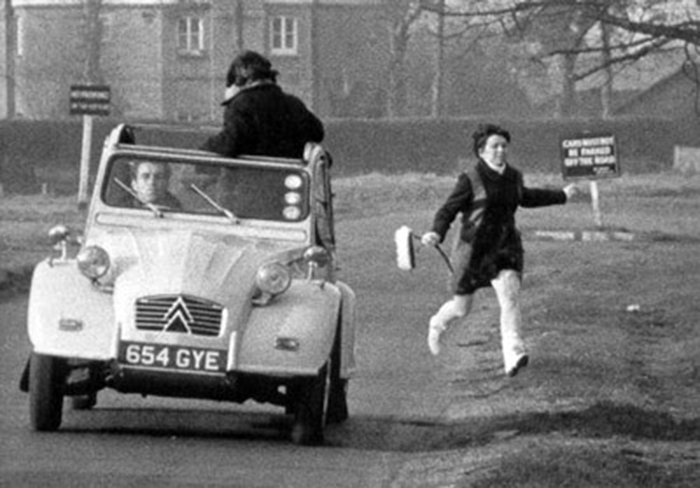
As such, a young, female, contemporary Doctor Who companion made things easier for the writers, and Dodo Chaplet was the archetype. And when Jon Pertwee took to the TARDIS in 1970, this kind of line-up was carried forward with the introduction of Liz Shaw. She was followed by Jo Grant, who was followed by Sarah Jane Smith. The line-ups varied slightly during the 80s, but it wasn’t long before the rhythm returned with Peri, and then Mel, and then Ace.
And as mentioned previously, this pattern is being reused for Ncuti Gatwa’s first season, with Millie Gibson portraying the contemporary character of Ruby Sunday. Indeed, it’s clear that the showrunner Russell T Davies recognises the effectiveness of this type of Doctor Who companion as it’s one that he always defaults to. Since he started writing for the show, we have seen Rose Tyler, Martha Jones, Donna Noble and Lady Christina all join the Time Lord on his travels. And Steven Moffat continued this tradition with Amy Pond, Clara Oswald and Bill Potts.

All of these Doctor Who companions have their origin in Dodo Chaplet, and if one were to watch the first episode of ‘The War Machines’ with the Doctor and Dodo stepping gleefully out of the TARDIS into contemporary London, one could almost be fooled into thinking they were watching an episode of the new series – albeit in black and white. In many ways, this is quintessential Doctor Who.
There are, of course, exceptions to the companion rule, and it does raise the question as to whether the single, modern female is the “best” type of Doctor Who companion. Would the programme die on its feet if the Time Lord were to be joined by a Marty McFly-type teenager from the 1980s? Or a penguin detective called Frobisher? The debate starts here.
In the meantime, tell us: what is your favourite Dodo Chaplet moment? And do you agree that she set the standard for the Doctor Who companions that followed? Let us know in the comments below.








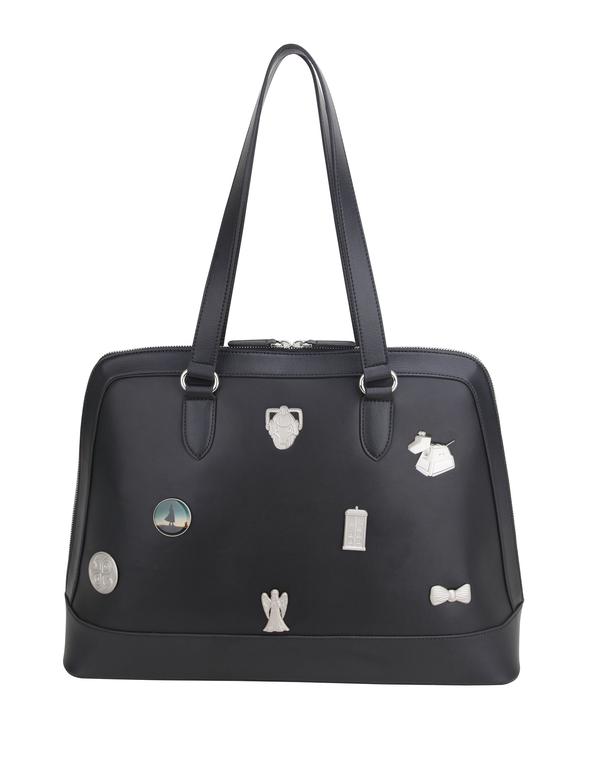
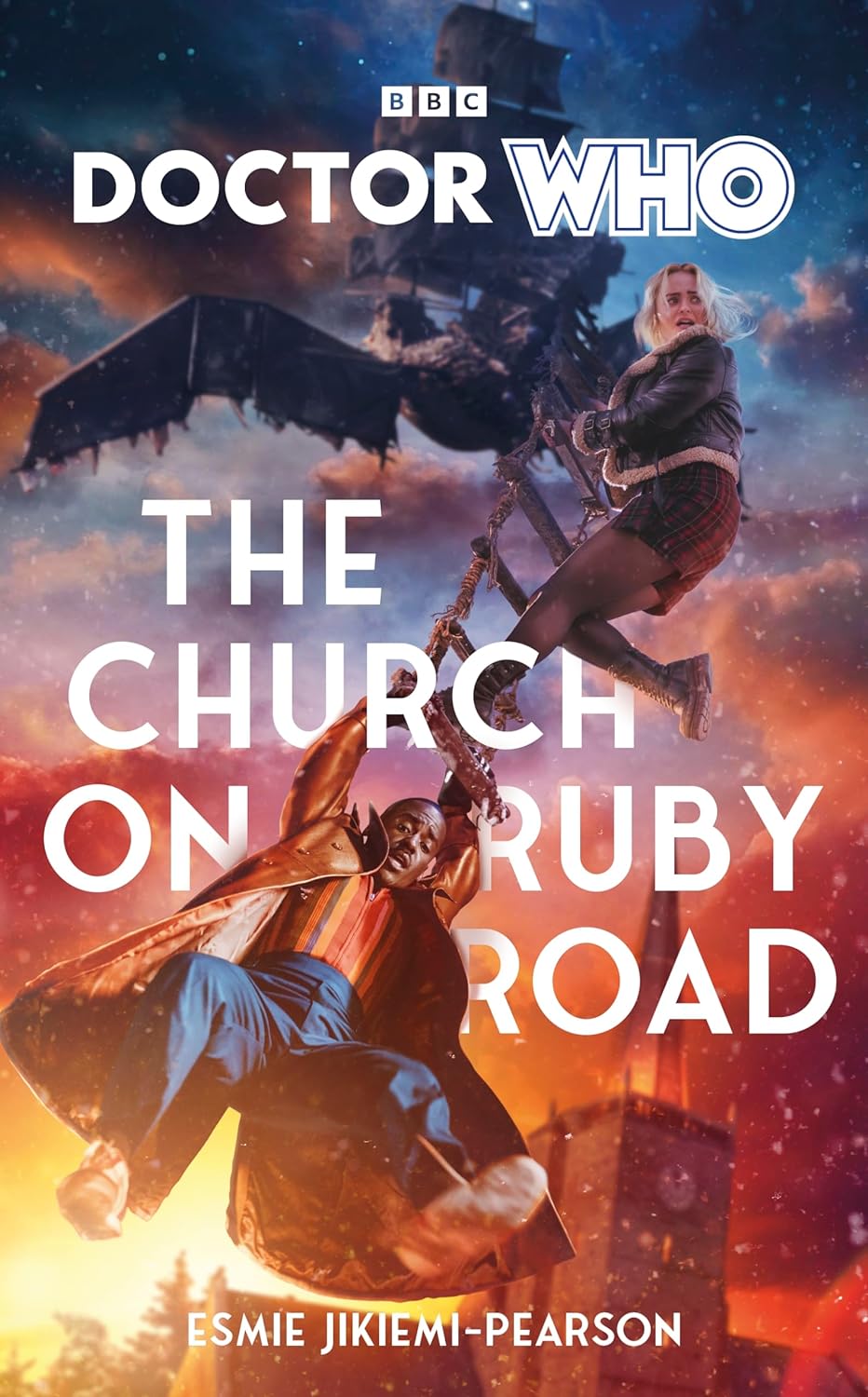
You could use the term “holey moley” at both Infernos!